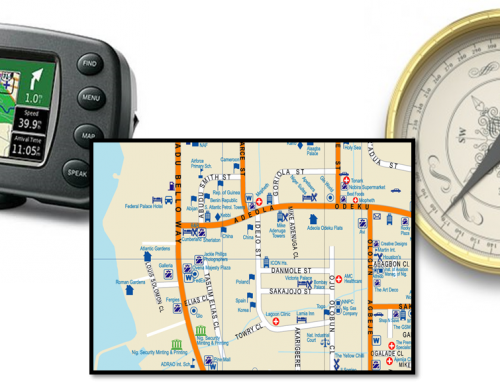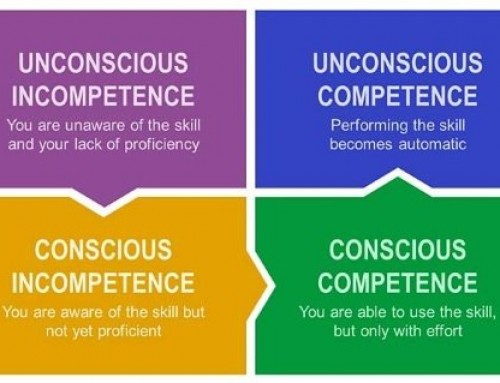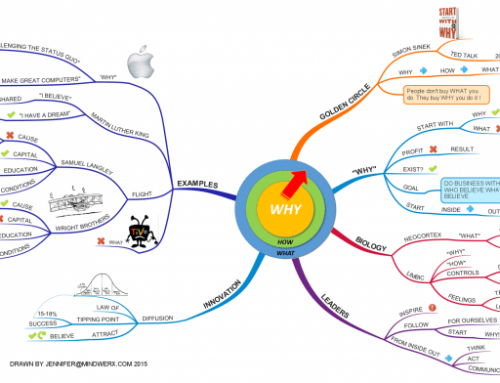 I am reading my way through the essay assignments on Creativity & Innovation submitted by my Masters students, and although I am only part way through the pile, I am again really enjoying the insights many of them have made. The assignment was to look at the broad area of creativity and innovation, how these are defined, how they might be achieved, and then relate this to your own context. As the definitions are being explored I am seeing nice variation, as I would expect, depending on what they have been reading. While most of the papers so far address the question, one prompted this blog.
I am reading my way through the essay assignments on Creativity & Innovation submitted by my Masters students, and although I am only part way through the pile, I am again really enjoying the insights many of them have made. The assignment was to look at the broad area of creativity and innovation, how these are defined, how they might be achieved, and then relate this to your own context. As the definitions are being explored I am seeing nice variation, as I would expect, depending on what they have been reading. While most of the papers so far address the question, one prompted this blog.
The comparison was being made between Eastern and Western definitions of creativity. Drawing from Batey and Furnham, 2006 it was said that ‘in the East creativity is viewed as a personal expression of truth and self-growth, a process of understanding and enlightenment. In the West creativity is perceived as the original product of an individual, a trait or gift that is partly due to genetics’. The essay’s author then says ‘Perhaps the truth lies somewhere in between these two perspectives’.
I love this, as it raises some great questions and discussion points, the first of which is ‘what is truth and is there a truth to be found?’ What becomes apparent is that creativity really is a matter of perspective, and I suggest context, that likely changes as all things change. In reviewing the growing array of literature on the subject of creativity, this becomes possibly more confusing, but we do see some common themes emerge around the definitions.
The challenge is that much of what we see may start from just a few common sources. One learned expert defines creativity in the context they study in, another expert sees value in that and draws on the first, followed then by another expert. Different camps grow as slightly different variations develop over time, until we have a ‘standard’ set of definition that make it into a dictionary or Wikipedia, where it is now ‘truth’.
But of course there may be no truth, only useful points of context – some more or less useful, depending on where the viewer stands.






Leave A Comment
You must be logged in to post a comment.